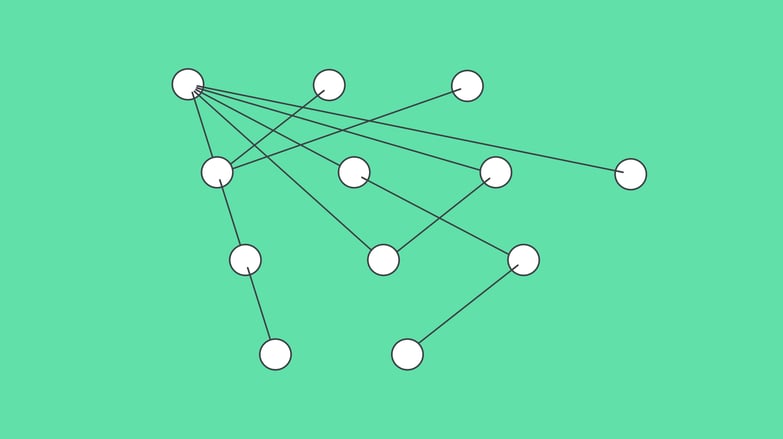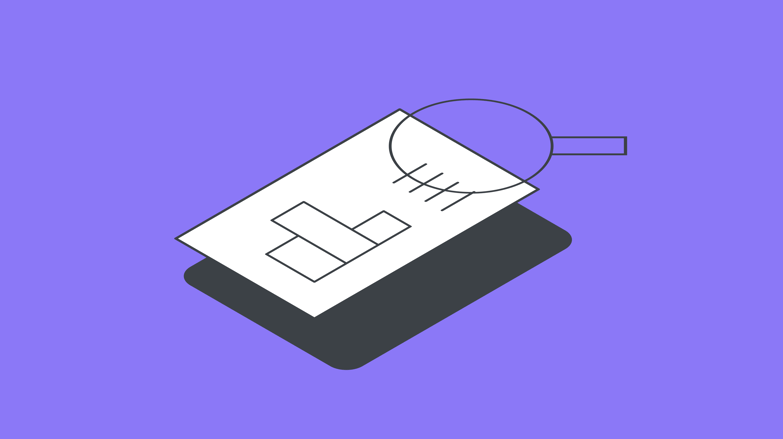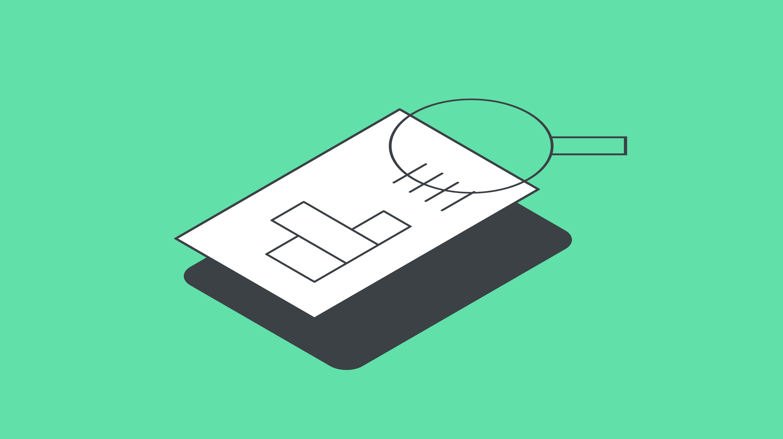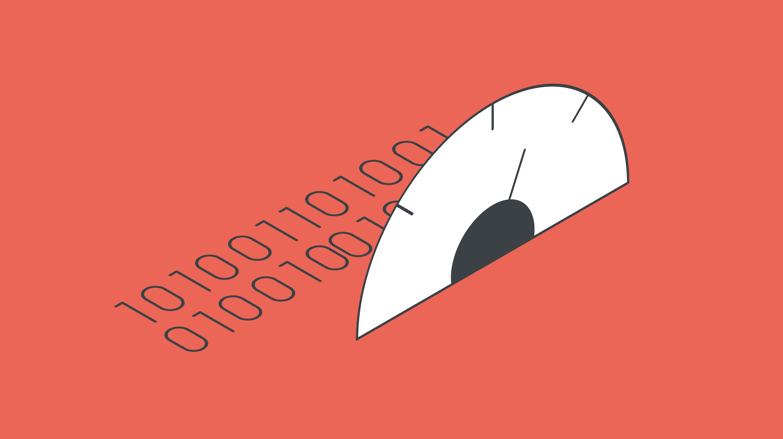Welcome to our blog
- All
- AI
- Adobe
- Analytics & business intelligence
- Best practices
- CDP
- CRO & personalization
- Code & tech
- Conferences & events
- Consent Management
- Conversion funnel
- Data engineering & architecture
- Data strategy
- Digital responsibility
- Marketing measurement
- Privacy & data protection
- Product analytics
- Web & digital analytics
How to build a data strategy that actually works: distilled insights from our podcast appearance
.png?width=783&name=AI_V2%20(1).png)
Introduction Data strategy is no longer just a nice-to-have for businesses—it’s a necessity. Large, complex organizations need a clear and actionable strategy to stay competitive in today’s market. But building and executing a data strategy that delivers ...
The battle of Google’s Looker products: which one is right for your data visualization needs?

Please note: This article was first published in 2023 and was last updated on December 11, 2025. Looker and Looker Studio (Pro), formerly known as Google Data Studio, are two widely used business intelligence tools of the Google cosmos that help you ...
Insights from the Databricks Data + AI Summit 2025: From Data to AI applications

Introduction Our team recently attended this year’s Databricks Data + AI Summit, where industry experts and data practitioners gather annually to explore how data platforms are evolving to support real-world AI applications. I'm Joāo Santos, a Data ...
Read morePower BI maps explained: Native, marketplace, and best practices

Numbers tell stories, but location gives those stories context. With maps in Power BI, you can view your data from an entirely new perspective — literally. By plotting information geographically, it becomes easier to identify trends, uncover hidden ...
Read moreConsent management: phases of a consent audit and their benefits

In today’s digital landscape, managing user consent is essential for meeting legal requirements and building user trust. A consent audit is a systematic process that helps companies keep their data protection practices up to date, review them, and ...
Read moreE-commerce analytics toolkit: 7 essential dashboards

The ideal e-commerce analytics reports should make it easy for you to see what’s working and where action is needed. Clarity beats complexity, every time.
Read moreExploring Adobe RT-CDP: A journey through implementation & certification

In this blog article, you’ll learn: The process of getting a Adobe Real-Time CDP certification through the eyes of an experienced technical Adobe specialist What topics are covered in an Adobe Real-Time CDP bootcamp An expert’s take on the certification ...
Read morere:publica 2025 – Your data-focused review between AI hype and digital sovereignty

re:publica has long evolved beyond a simple class reunion for the online community: The largest conference on the digital society in Europe brings tech topics together with politics, culture and society - a holistic view that is often neglected in ...
Read moreGoogle Meridian and the future of marketing measurement: What marketers need to know about Google’s open-source MMM

With Google’s launch of Meridian, open-source marketing mix modeling (MMM) is back in the spotlight. But at FELD M, our experience shows that Meridian might not be the perfect choice for every marketer. Even when it is, MMM alone doesn’t provide the full ...
Read moreInside the haunted house of dark data: The real cost of poor data quality

Data quality is like good property management: invisible when it’s working, but critical when it’s not. Without clean, accessible, and up-to-date data, dashboards, AI applications, and predictive analytics simply won’t deliver. The behind-the-scenes work ...
Read moreYou may also be interested in:
-
Whitepaper
Data strategy study 2023
5 things that successful data-driven companies do right
-
On-demand webinar
Data strategy
-
Newsletter
"All Things Google" Newsletter
Get the latest updates from Google's universe!

